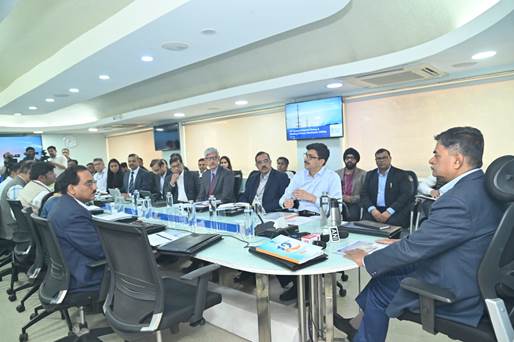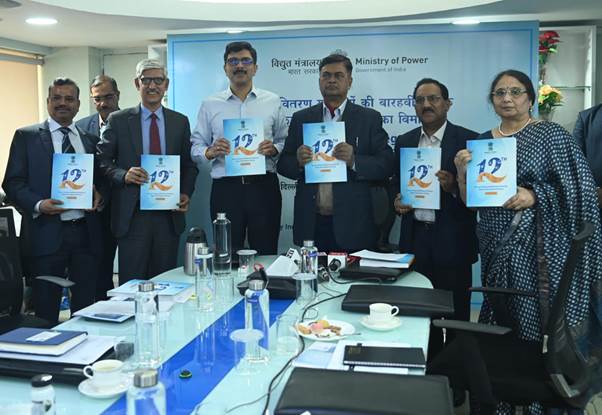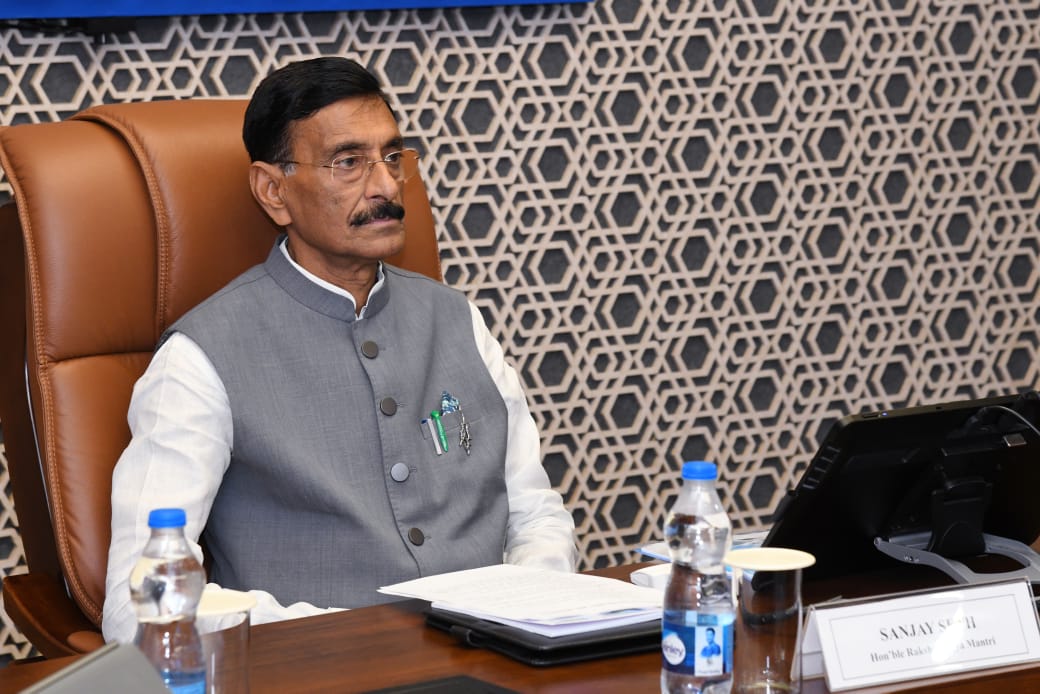The 12th Edition of the Integrated Rating of Discoms offers positive signs regarding India’s power distribution sector. Compared to prior years, there’s an overall improvement in disco performance. This is reflected in a decrease in the number of discoms falling under the C category (indicating poorer performance) and a rise in the number achieving the highest A+ rating.
 Several key metrics showcase this progress. Discoms have managed to reduce Aggregate Technical and Commercial (AT&C) losses, which represent electricity lost during transmission and distribution. Additionally, billing and collection efficiencies have both improved, indicating a more streamlined financial system.
Several key metrics showcase this progress. Discoms have managed to reduce Aggregate Technical and Commercial (AT&C) losses, which represent electricity lost during transmission and distribution. Additionally, billing and collection efficiencies have both improved, indicating a more streamlined financial system.
However, the report also identifies areas that require further attention. The average power purchase cost has risen significantly. This can be attributed to factors like a reliance on expensive coal imports and higher exchange prices, particularly during peak summer months. As a result, the gap between the Average Cost of Supply (ACS) and Average Revenue Realized (ARR) has widened. This highlights the financial strain on discoms despite government subsidies. To address this challenge, the report emphasizes the importance of discoms entering into long-term Power Purchase Agreements (PPAs) to secure more stable and potentially lower electricity costs.
The report acknowledges the exceptional performance of certain entities. Adani Electricity Mumbai Ltd. (Maharashtra) takes the top spot among discoms. Additionally, discoms from Gujarat, Haryana, Karnataka, Madhya Pradesh, and Andhra Pradesh have secured impressive A+ or A ratings. Notably, the Thrissur Corporation Electricity Department (Kerala) stands out as the leading state power department.
The Ministry of Power conducts the Integrated Rating exercise annually to provide a comprehensive assessment of discom performance. The ratings consider three broad aspects: financial sustainability, operational excellence, and the external environment that discoms operate in. Each of these categories is further evaluated based on specific parameters. The system also incorporates disincentives to penalize practices that hinder a dis com’s effectiveness.




